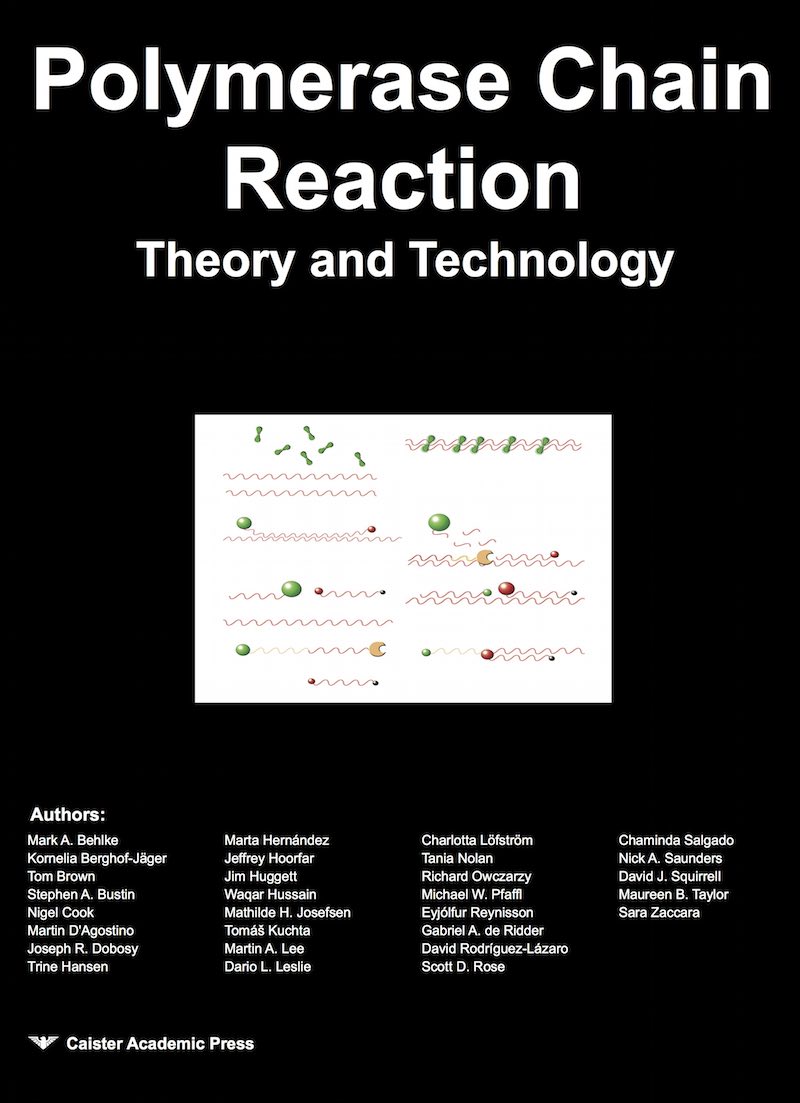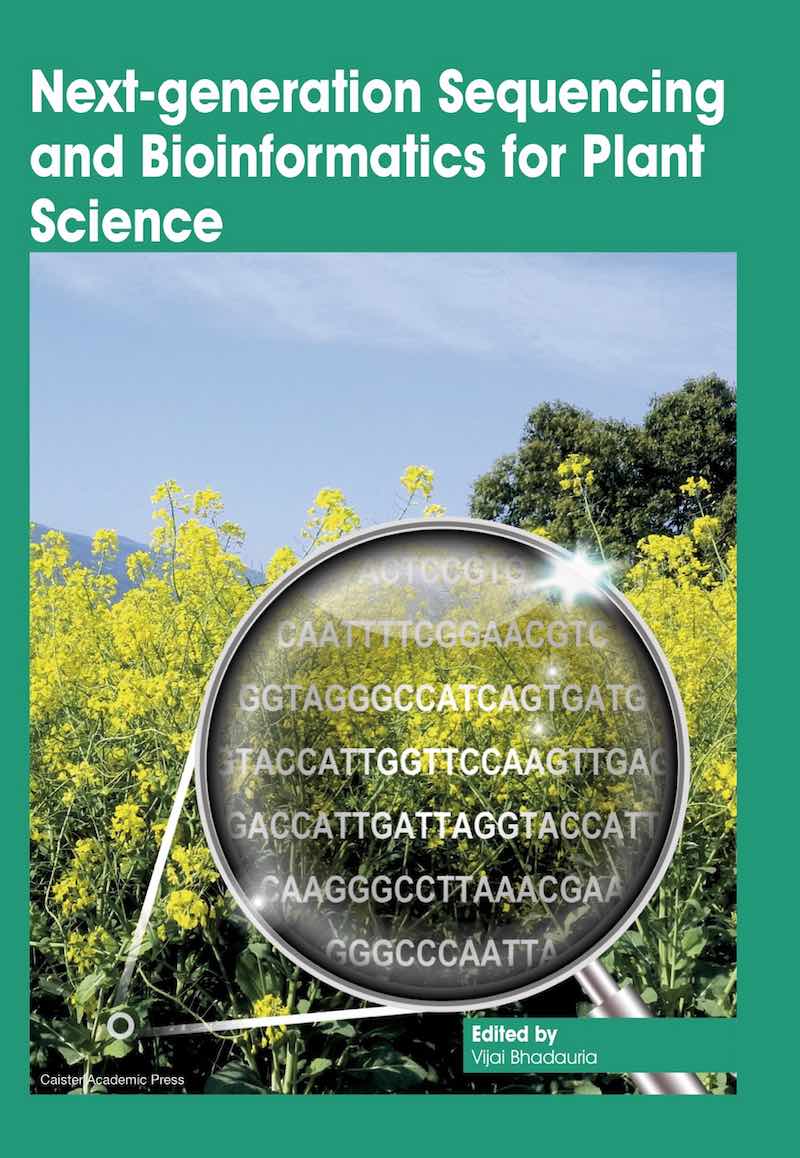Primer Concentration
Recommended reading:
Climate Change and Microbial Ecology | Polymerase Chain Reaction | SUMOylation and Ubiquitination
The recommended primer concentration for PCR is between 0.1μM and 1μM of each primer. The use of higher concentrations of primers can have the following effects:- If the primers are capable of forming dimers, raising their concentration only results in the creation of primer-dimers and does not improve the amplification of the desired PCR product. Primer-derived oligomers will possibly contaminate the reaction.
- If the primers do not form primer-dimers, it is likely that raising the primer concentration will lead to non-specific primer binding and the creation of spurious, undesirable PCR products.
However, to amplify short PCR target sequences, careful calculation of the optimum primer concentration is required. For example, if the target fragment length is 100bp, a greater number of PCR product molecules is required to provide a specified amount of amplified DNA (in nanograms) than for a larger target fragment. In order to generate the required number of PCR product molecules, a greater number of primers may be needed. Therefore, concentration of primers higher than 1μM may be necessary, and desirable, for short target sequences.
from PCR Troubleshooting: The Essential Guide see also PCR Troubleshooting and Optimization: The Essential Guide
Further reading
- Real-Time PCR: Advanced Technologies and Applications
- Real-Time PCR in Food Science: Current Technology and Applications
- Quantitative Real-time PCR in Applied Microbiology
See also: Current PCR books



